Bulk Pricing
Mini USB to Terminal RS422 RS485 FTDI Plug-in Adapter
Factory Automation Serial Adapter
The USBG-422MINI adapter has No jumper setting to set, The Mini USB to RS-422/485 Plug-in Adapter adds a RS-422 or RS-485 device to your system with easy plug-and-play and hot plug features.
- Very Compact and easily transported to various systems if needed
- No Jumper settings or IRQ conflicts to deal with
- Perfect for Factory automation, Multi-drop data collection, Barcode scanners and more
- Data rates of 300Bps to 1Mbps with Auto transmit buffer
Product Documentation
Software & Drivers
Quick Links:
Description
RS422/485 through Terminal wire Adapter
The mini USBG-422MINI is a surge and static protected USB to RS-422/485 Plug-in Adapter. The USB to Industrial Single RS-422/485 Plug-in Adapter is designed to make industrial communication port expansion quick and simple. Connecting to a USB port on your computer or USB hub, the Mini USB to Terminal RS422 adapter instantly adds an industrial RS-422/485 communication port to your system.
Connecting the USBG-422MINI to the USB port, this Plug-in adapter is automatically detected and installed. There are no IRQ & COM port conflicts, since the port doesn’t require any additional IRQ, DMA, memory as resources on the system. The RS-422/485 port functions as native Windows COM port, and it is compatible with Windows serial communication applications.
Application Usage
Acting as a Windows COM port, the USB Industrial I/O Adapter provides instant connectivity to RS-422/485 communication device for factory automation equipment, multi-drop data collection devices, barcode readers, time clocks, scales, data entry terminals, PC-to-PC long distance communications and serial communication in harsh environments. The USB Industrial I/O provides industrial solution for applications requiring single node or multi-drop communications over short and long distance.
Features
- Supported by Windows 10
- Adds a high speed RS-422 / 485 serial port via USB connection
- 256 bytes receive buffer for high speed data throughput
- 128 bytes transmit buffer for high speed data throughput
- Requires no IRQ, DMA, I/O port
- Data rates: 300 bps to 1M bps
- Connector: one 6-pin terminal block connector
- Auto transmit buffer control for 2-wire RS-485 half-duplex operation
- RS-422 (4 wire) data signals: TxD-, TxD+, RxD+, RxD-, GND
- RS-485 (4 wire) data signals: TxD-, TxD+, RxD+, RxD-, GND
- RS-485 (2 wire) data signals: data-, data+ GND
- Monitor LEDs of TxD, RxD indicating port status
- Easy operating mode configuration and setting
- Provides 15KV ESD protection and 600W surge protection for all serial signals
- FTDI virtual COM port drivers provided for Windows 10, 8, 7, Vista, Server 2012, 2008, 2003, XP, 2000
Linux kernel 2.4 and up built-in support. No driver installation required. - Wide ambient temperature operation 0°C to 60°C (32°F to 140°F)
- CE, FCC approval
- Item Dimensions: 1.91(L) x 1.55(W) x .736in(H)
Package Contents
- RS-422/485 Mini Serial Adapter
- 3ft. USB-A to B Device Cable
- Driver Disk
Specifications
Product Specifications
| Compliance |
| ||||||||
|---|---|---|---|---|---|---|---|---|---|
| Physical Characteristics |
| ||||||||
| Serial Attributes |
| ||||||||
| Software |
| ||||||||
| Environmental |
| ||||||||
| Hardware |
| ||||||||
| Network |
| ||||||||
| Other Data |
|
Support
Product Documentation & Drivers
Product Documentation
Software & Drivers
Need drawings, CAD files, or other compliance documentation? Click HERE
Serial F.A.Q.
Product F.A.Q.
View frequently asked product questions below. For all serial troubleshooting, visit this page.
Still need help? Reach out!
-
How do I clean and reinstall my FTDI drivers?
View Answer
-
- Download the CDM Uninstaller HERE.
- Extract the zip file, or open the “CDMuninstallerGUI.exe” utility.
- Leave the ‘Vendor ID’ set to 0403 and ‘Product ID’ set to 6001.
- Click Add.
- Click Remove Devices.
- Download the corresponding driver for your operating system and follow on-screen prompts. Windows Driver | MacOS Driver
-
-
How can I change my device’s COM port?
View Answer
-
- Click on Start and navigate to the Control Panel
- Locate and click on Device Manager
- Under “Ports (COM & LPT)” you will find your serial device titled “USB Serial Port” along with its current COM Port.
- Right click on “USB Serial Port” and click on Properties.
- Navigate to the “Port Settings” tab and click on “Advanced…”
- Once there, the “COM Port Number:” can be changed with a dropdown menu to select the port number.
- Click your desired port number (i.e. COM2) and click “OK”.
- Click “OK” once more.
- Your serial device is now assigned to your chosen COM Port.
-
-
How do I check to ensure the COM port is listed properly in Windows?
View AnswerTo ensure your serial device is installed properly, complete the following:
- Press Windows Key + R to open the Device Manager. Once Run comes up, type “devmgmt.msc” into the text field and press Enter.
- Expand the section labeled, Ports (COM & LPT).
- You should now see a COM number in brackets to the right of each port. If the device is installed properly, no exclamation points or question marks should be present next to the device.
-
I have everything hooked up, but nothing is functioning correctly.
View AnswerTo rule out potential issues, quickly test your individual components to ensure that they are working correctly individually, and are not the source of the problem:
- Serial cables
- Serial ports
- Serial devices
Test your components by:
- Hook up the serial cable(s), serial port(s), and serial device(s) in a different setup to see if the issue stems from a particular component, or the setup as a whole.
- Replace the serial cable, port, or device within your setup to further troubleshoot the issue’s origin.
When testing cables:
- Test each cable individually.
- Use short cables when you are testing.
When testing serial ports and devices:
- Press the Windows key + R, in Run, type devmgmt.msc, and press Enter to open the Device Manager. You can then check to see if your device is listed under Ports (COM & LPT).
- Ensure that the COM port number is the correct number for the serial device and that the software being used to connect the computer to the serial device uses the correct COM port number.
- If the device is listed with an error, follow the instructions on the website to reinstall the drivers.
-
Serial communication is not functioning correctly, how can I tell if the problem caused by the adapter or my serial software application?
View AnswerOlder serial communication applications make use of legacy hardware addresses, often incompatible with PCI, PCIe, and USB to Serial products. Contact the software provider to troubleshoot.
-
I am receiving an error when I try to install the drivers in Windows 8 64 bit.
View AnswerDriver Signature Enforcement in Windows 8 may need to be disabled in order to use various drivers. After disabling this feature, the driver will be allowed to install.
Note: You are required to restart your computer after disabling the Driver Signature Enforcement. Save all open work on your computer.
Disable driver signature enforcement:
- Press the Windows key + C.
- Click Settings > Change PC Settings.
- In the left pane, click General.
- In the right pane, under Advanced startup, click Restart now.
When your system restarts:
- Click Troubleshoot > Advanced options > Startup Settings > Restart.
- Press 7.
When your computer restarts, Driver Signature Enforcement will be disabled and you can install the drivers.
-
I am receiving an error when I try to install the drivers in Windows 10 64 bit.
View AnswerDriver Signature Enforcement in Windows 10 may need to be disabled in order to use various drivers. After disabling this feature, the driver will be allowed to install.
Note: You are required to restart your computer after disabling the Driver Signature Enforcement. Save all open work on your computer.
Disable Driver Signature Enforcement:
- Click the Windows icon in the taskbar.
- Click Power.
- Press and hold the Shift key and click Restart.
After your computer restarts:
- Click Troubleshoot > Advanced Options > Startup Settings > Restart.
- Press 7.
When your computer restarts, Driver Signature Enforcement will be disabled and you can install the drivers.
-
Why did the software not install properly in macOS High Sierra (10.13) or later?
View AnswerHigh Sierra 10.13 and later versions of macOS enforce strict security policy revisions. In order for the device to operate, software packages like those used in this installation must be allowed in macOS Security and Privacy settings once the software is installed.
Once the driver/software is installed, follow these steps to allow the software:
- Open System Preferences.
- Open Security & Privacy.
- Click the Allow button near the bottom of the General tab.


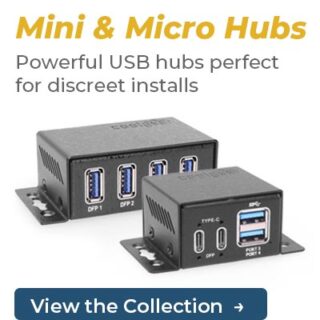





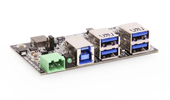













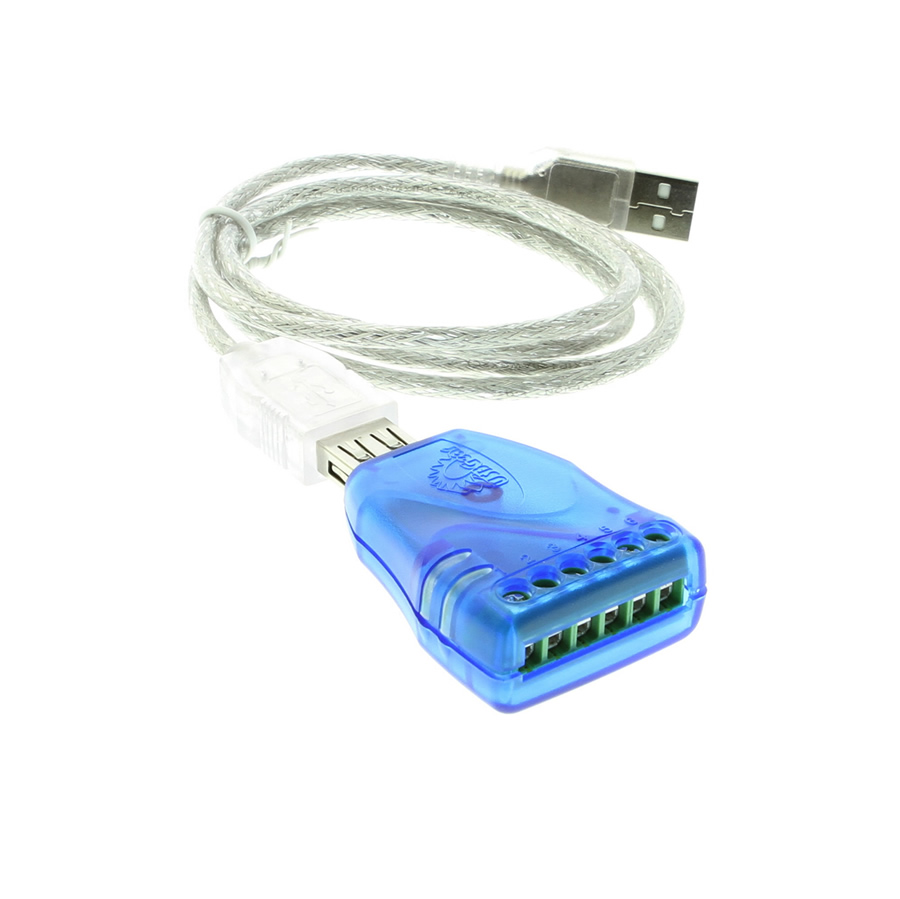
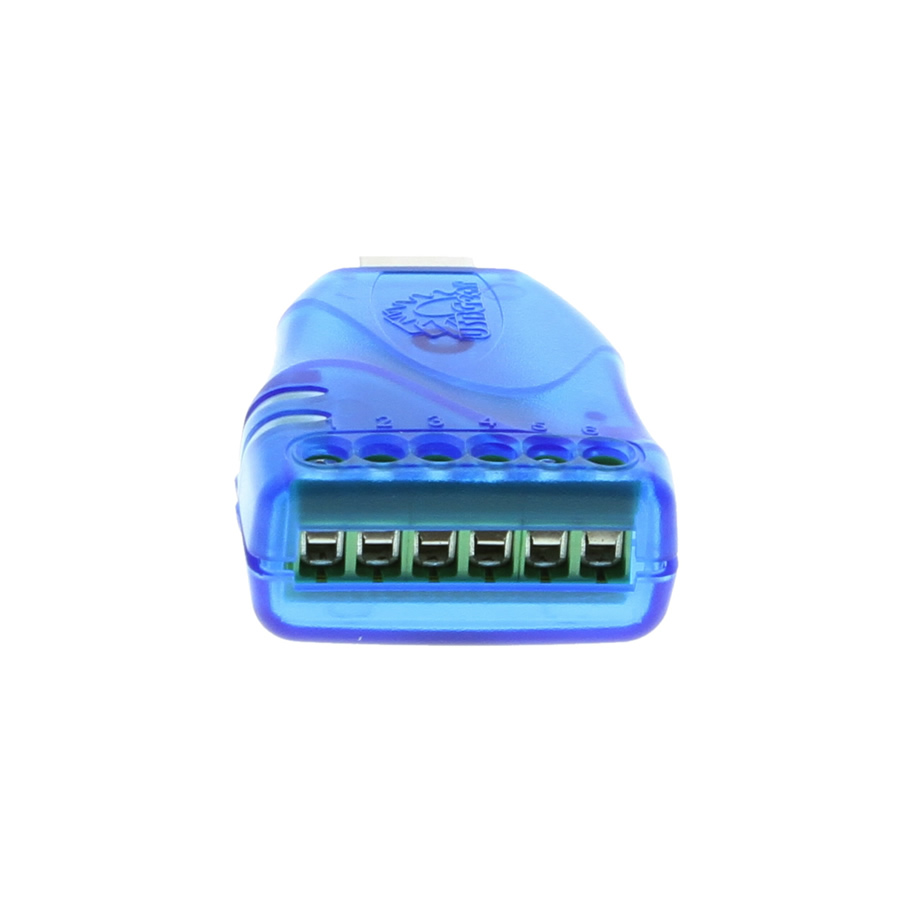
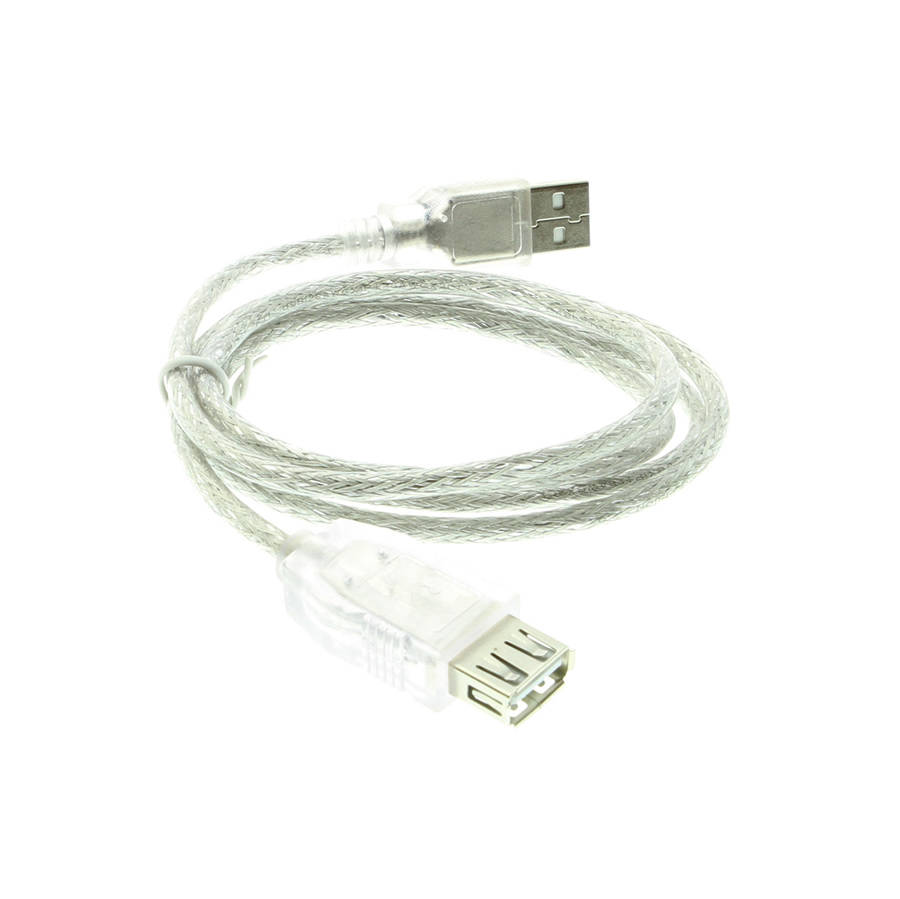
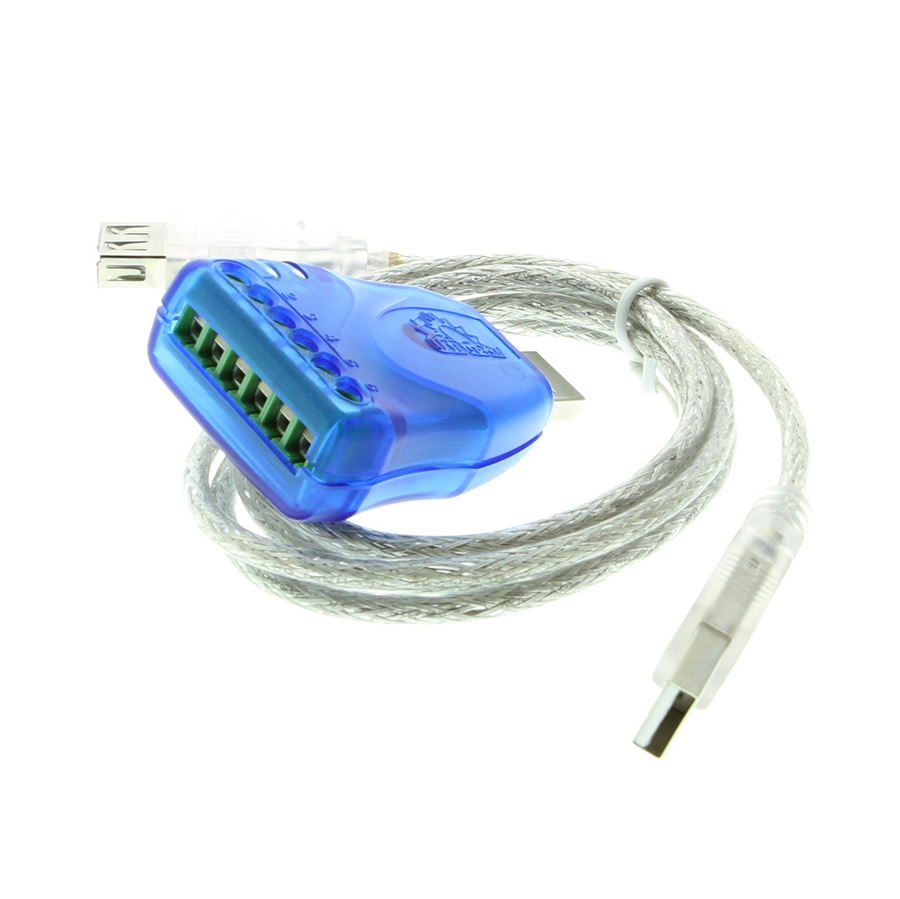
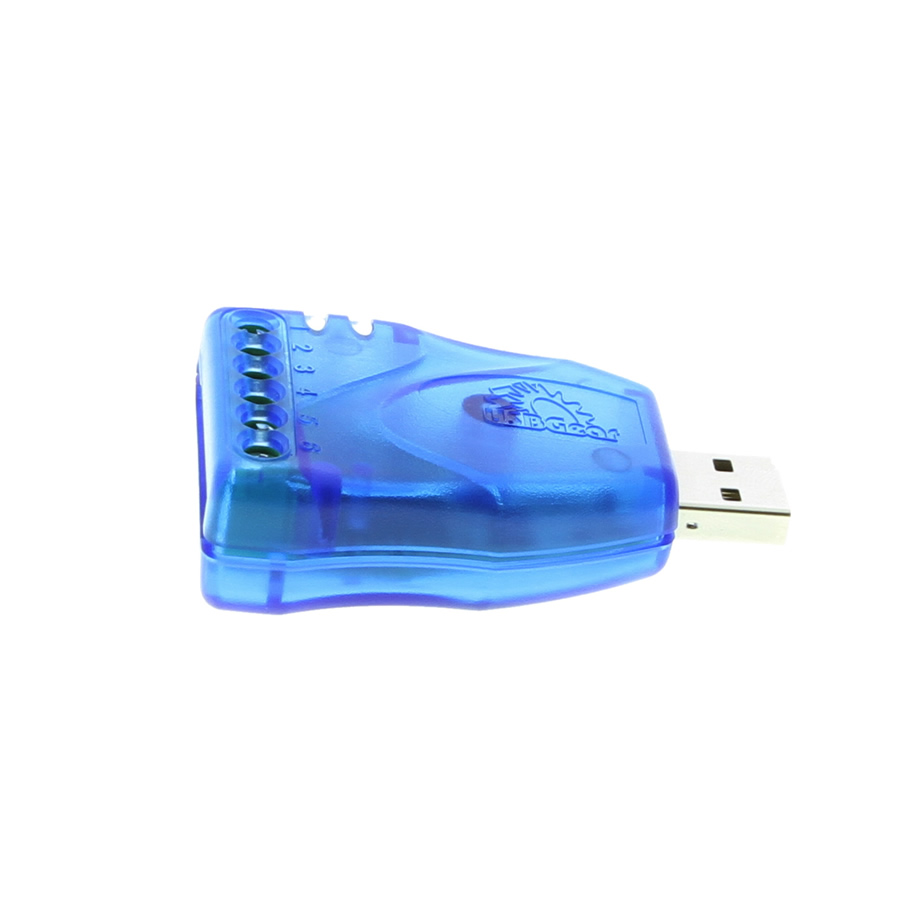
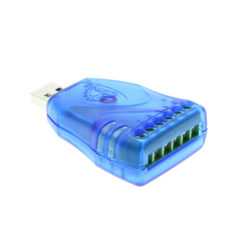
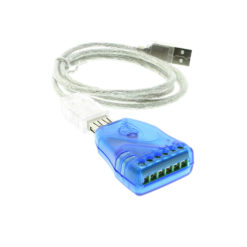
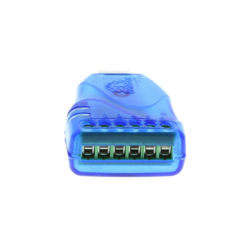
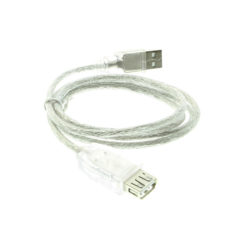
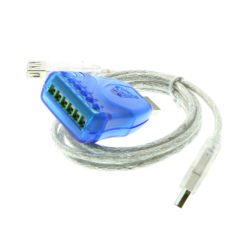
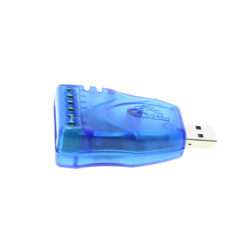
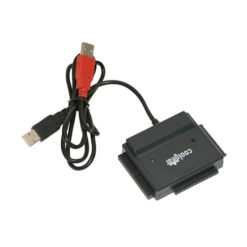
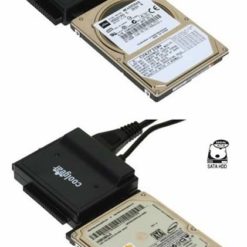
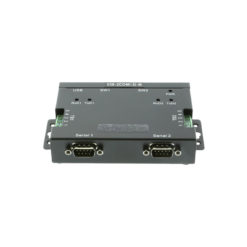
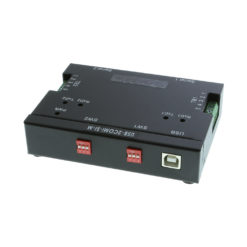
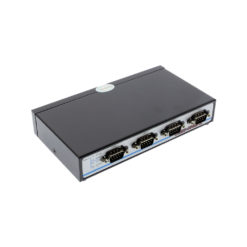
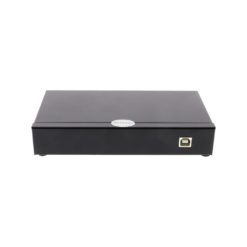
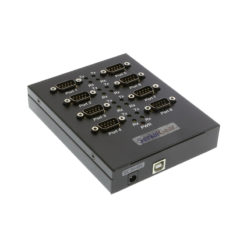
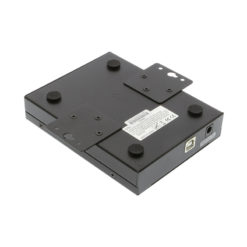
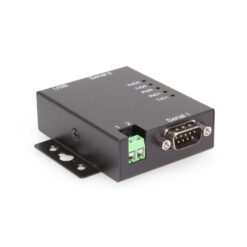
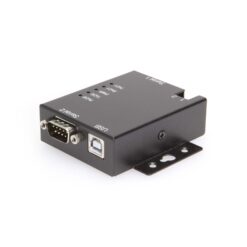
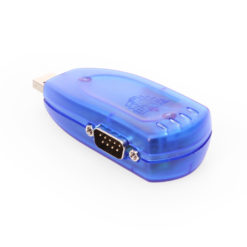
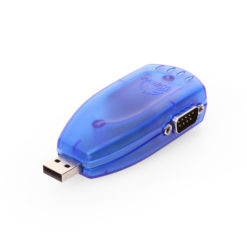
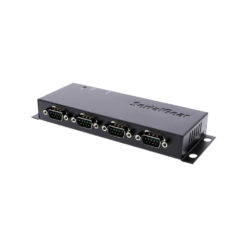
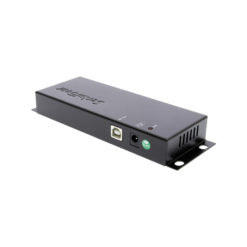
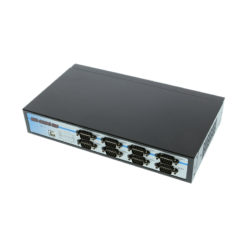
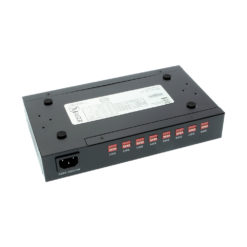
F. Delorenzo –
Incredibly small 422 adapter, This item also does RS485! Handy product great for traveling.